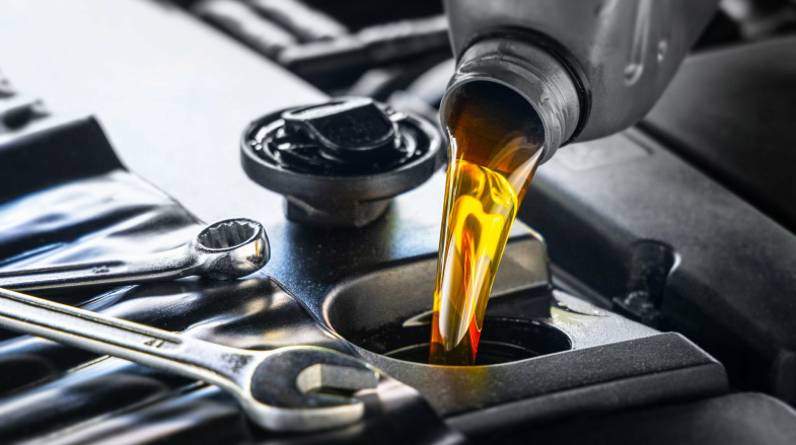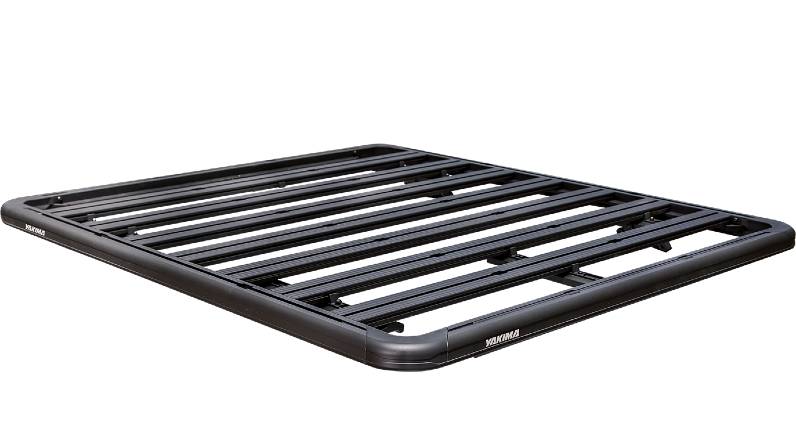
The things we can make depend on the materials we use to build. Just as wood and stone made it possible to make early tools and plastics let us make things in any shape or size, the rise of intelligent and sustainable materials is changing the way we design and what we design in a fundamental way.
As these materials become more common, the car experience will change significantly, causing a sea change in how users interact with and customise their cars. Become a pro at car design, enrol yourself in a Design Course today.
Molecular Material Decision
“Designing at the molecular level is now possible… Each important choice can solve a different problem.” The best way to design is from the “ground up,” which means making every first and smallest choice with the end product in mind. It is possible to design from the “atom up” or from the molecular level up, to make materials fit specific needs.
Caula works in a department called CMF Design, which stands for “Colors, Materials, and Finishes.” These designers are experts at finding and making almost every material and finish that can be seen on our cars.
“Imagine if you could turn the cotton from old clothes into carbon fibre! This is now a chance. We can break this recycled material down to its molecular level and use special tools to make completely new bio-based fibres. During this process, you can change how the molecules of the source material work. Technically, you could make a fibre resistant to water, fire, or biodegradation. It’s almost like alchemy.”
A Sustainable Future
“We are also looking into how advanced production methods can be used to make sustainable materials and processes. For example, the way smart textiles or structural parts of a car are made can be just as important as what they can do. The kind of manufacturing process used will cut waste by an unimaginable amount.”
“It could be anything from rock fibres that have been extruded to different kinds of bio-based plastics,” he says. “Once a manufacturing system is set up, a certain process can bring our design ideas to life using the materials we choose that are good for the environment.”
Responsive and Active Surfaces
Soon, responsive and active surfaces will make it possible to change how a vehicle is set up in real-time. With this kind of innovation, you might be able to choose custom materials or finishes on the spot, like the FF 91’s dimming windows, through something as simple as an onboard computer app.
Conclusion
“As designers, it’s our job to think about the whole lifecycle of the product we’re making,” Caula says. “We are making these amazing machines that are meant to last for years, maybe even decades. When that’s over, we’ll have to think about what will happen to the car as a whole. We want to be able to reuse and reintegrate as many parts as possible.” Interested in plastic product design? Check out the Plastic Product Design Course In Delhi.






